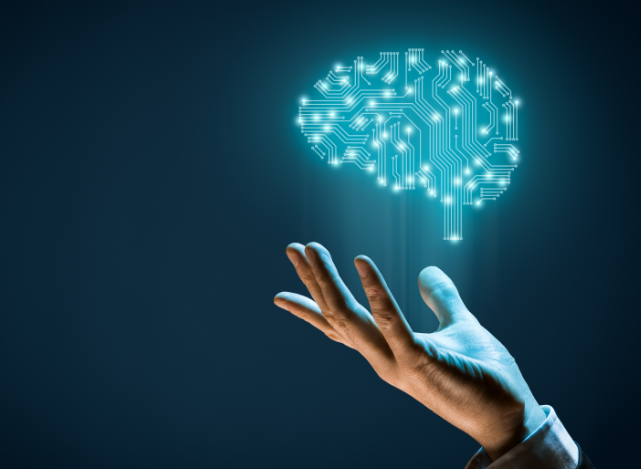Artificial intelligence (AI) is revolutionizing the way we interact with technology, learn, and solve problems. From personalized recommendations on streaming platforms to predictive text on our smartphones, AI learning is at the heart of these innovations. Understanding how AI learns can empower us to utilize these tools more effectively in our daily lives and workplaces.
The Basics of AI Learning
At its core, AI learning, also known as machine learning, involves teaching computers to learn from data. Instead of programming explicit rules, developers use algorithms that allow the system to analyze patterns and make decisions based on the input data. For example, a spam filter learns to identify unwanted emails by analyzing features from both spam and non-spam messages. This process not only improves efficiency but also allows systems to adapt and enhance their performance over time.
Types of Machine Learning
There are primarily three types of machine learning: supervised, unsupervised, and reinforcement learning. Supervised learning involves training a model on a labeled dataset, enabling it to make predictions based on new data. Unsupervised learning, on the other hand, works with unlabeled data to identify hidden patterns or groupings without specific guidance. Lastly, reinforcement learning teaches AI through trial and error, rewarding it for correct actions, much like how humans learn through experience. Each type serves unique purposes across various fields, from finance to healthcare, showcasing the versatility of AI learning.
Applications in Everyday Life
AI learning is embedded in numerous applications that enhance our daily experiences. Voice assistants like Siri and Alexa leverage machine learning to understand and respond to user commands more accurately over time. In the healthcare sector, AI systems analyze patient data to assist doctors in diagnosing conditions, predicting outcomes, and personalizing treatment plans. Furthermore, e-commerce platforms utilize AI learning to tailor product recommendations based on previous purchases and user behavior, significantly improving customer satisfaction. These examples illustrate just a fraction of how AI learning is shaping our world and streamlining processes across industries.
In conclusion, understanding AI learning opens up new opportunities for us to engage with technology more effectively. By recognizing its principles and applications, we can better appreciate the role AI plays in our lives and leverage it for personal and professional growth. If you’re interested in exploring this exciting field further, consider enrolling in an online course or reading up on emerging AI technologies to stay informed and inspired!

